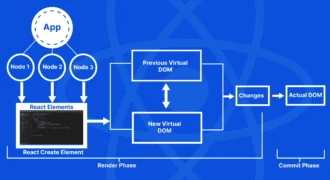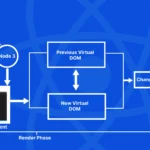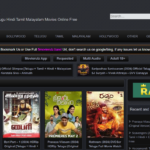VSM Best Practices
- 1 Understanding Traditional VSM and Capacity Planning:
- 2 Best Practices in Value Stream Management:
- 2.1 Holistic View of the Value Stream:
- 2.2 Prioritizing Strategic Investments:
- 2.3 Dependency Mapping and Management:
- 2.4 Continuous Improvement through Metrics:
- 2.5 Collaborative Cross-Functional Teams:
- 3 Why Shift Focus from Capacity Planning?
Value Stream Management (VSM) has become a pivotal concept in software development. It aids organizations in streamlining their processes, enhancing efficiency, and ultimately delivering more value to their customers. However, a paradigm shift in the VSM landscape is urging organizations to move away from traditional capacity planning and redirect their focus towards strategic investment and dependency mapping. Here’s what you need to know to get the most value and efficiency out of your approach to VSM.
Understanding Traditional VSM and Capacity Planning:
Traditionally, VSM has often been associated with capacity planning – determining the resources required for each stage of the software development lifecycle. While capacity planning is crucial for optimizing workflows, its exclusive focus can lead to overlooking broader strategic aspects.
Best Practices in Value Stream Management:
Holistic View of the Value Stream:
One of the fundamental best practices in VSM involves adopting a holistic view of the entire value stream. Instead of merely concentrating on individual stages or processes, organizations should zoom out and visualize the end-to-end flow of value. This perspective enables better identification of bottlenecks, redundancies, and areas for improvement.
Prioritizing Strategic Investments:
VSM should be leveraged for strategic decision-making, especially regarding investments. Rather than rigidly adhering to capacity planning, organizations should prioritize initiatives that align with their overall business objectives. This approach ensures that resources are allocated to projects that contribute significantly to organizational goals.
Dependency Mapping and Management:
Effective dependency management is a cornerstone of successful value delivery. VSM should include comprehensive dependency mapping, allowing teams to understand interdependencies between tasks, teams, and projects. By managing dependencies proactively, organizations can minimize delays and enhance delivery speed.
Continuous Improvement through Metrics:
Metrics play a crucial role in the continuous improvement of value streams. While traditional metrics focus on capacity and cycle time, organizations should expand their measurement criteria to include metrics related to the success of strategic investments, such as customer satisfaction, business impact, and return on investment.
Collaborative Cross-Functional Teams:
VSM is most effective when it promotes collaboration across diverse teams. Break down silos by fostering cooperation between development, operations, and other stakeholders. This cross-functional approach ensures a shared understanding of goals and encourages collective responsibility for the success of the entire value stream.
Why Shift Focus from Capacity Planning?
Recently, there’s been a shift in VSM away from capacity planning and more towards investment and dependency management.
This is for a few core reasons:
Adaptability to Change:
In the dynamic landscape of software development, adaptability is critical. Rigid capacity planning may hinder an organization’s ability to respond to market demand changes or shift business priorities. Prioritizing investments allows for more flexibility and responsiveness.
Risk Mitigation:
Strategic investments consider the inherent risks associated with projects. By focusing on the broader picture, organizations can proactively manage risks, anticipate challenges, and implement mitigation strategies, minimizing the impact of unforeseen obstacles.
Enhanced Customer Value:
Ultimately, the primary goal of any value stream is to deliver value to the customer. Shifting the focus from capacity planning to strategic investment ensures that resources are allocated to initiatives that directly contribute to customer satisfaction and business success.
Value Stream Management is transforming, urging organizations to look beyond the confines of traditional capacity planning. By embracing a holistic view, prioritizing strategic investments, and effectively managing dependencies, organizations can unlock new levels of efficiency and deliver unparalleled value to their customers. In the evolving landscape of software development, the true essence of VSM lies in its ability to align with organizational goals, adapt to change, and drive continuous improvement.



















